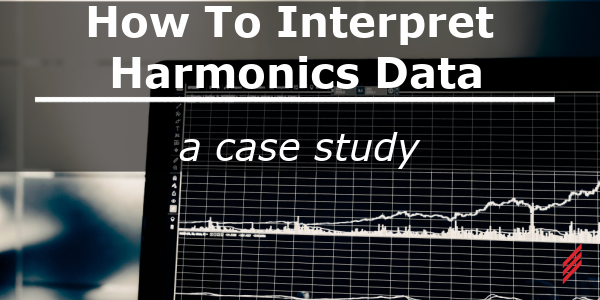IEEE 519 Study

IEEE 519 Study
Recommended Practice and Requirements for Harmonic Control in Electric Power Systems.
Many modern industrial facilities operate nonlinear equipment such as inverters, rectifiers, or variable frequency drives. These devices create current and voltage harmonic distortion that is injected onto the local utility power grid, and can cause issues for the utility and other nearby customers. The IEEE 519 standard establishes upper limits for allowed harmonics that can originate in a given facility.
The limits are intended for application at the point of common coupling (PCC) between the utility owner or operator and a user facility. This PCC is usually taken as the point in the power grid closest to the user where the utility could offer service to another user. Frequently for service to industrial users via a dedicated service transformer, the PCC is at the high voltage side of the transformer. For commercial users (office parks, shopping malls, etc) supplied through a common service transformer, the PCC is commonly at the low voltage side of the service transformer.
Hillhouse Power Solutions provides an engineering service to determine if a user is in compliance with the IEEE 519 standard. We provide and temporarily install a power quality analyzer and gather user harmonic and other applicable data at the PCC. We analyze the data, issue a detailed report of harmonic distortion measurements, and identify whether or not the user is in compliance with the limits identified in the standard.
